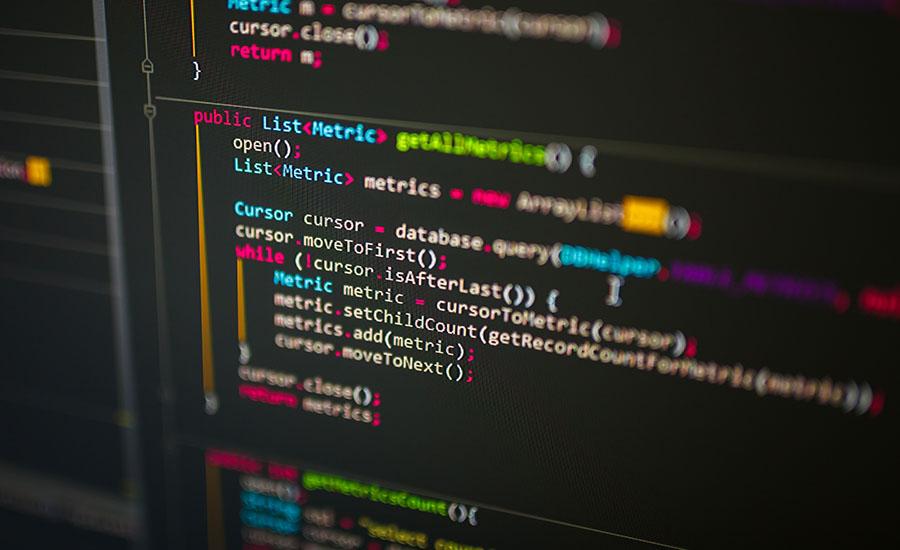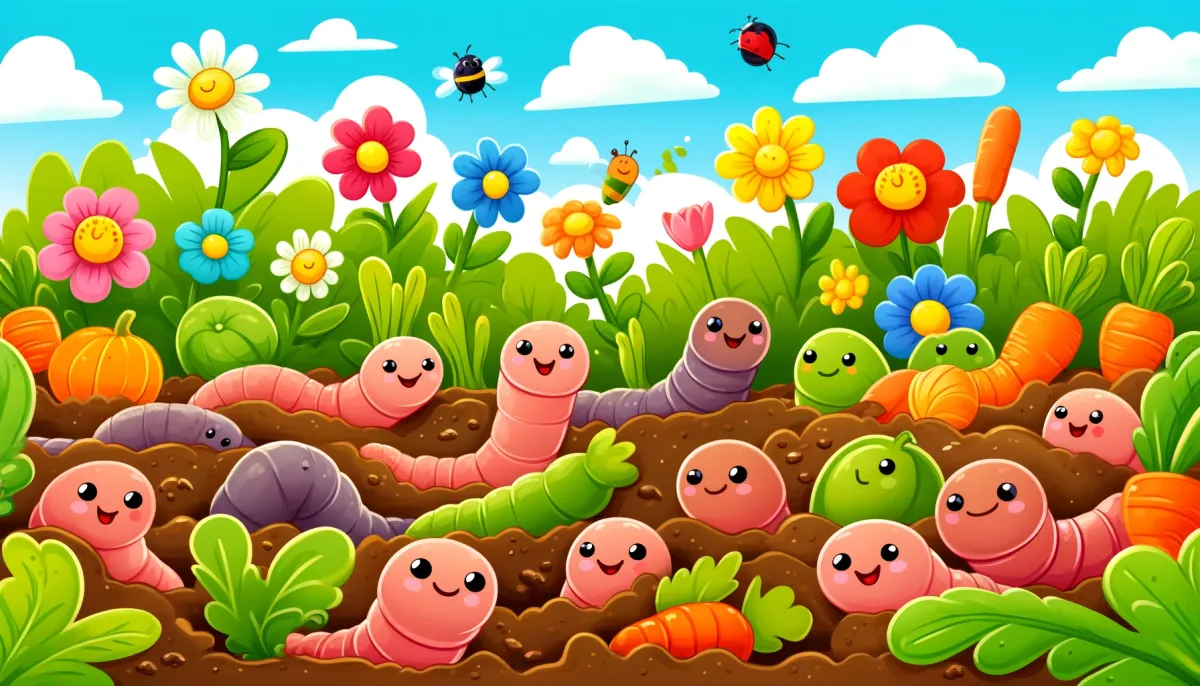









Kindergarten students develop an understanding that the world is comprised of living and non-living things. They investigate the relationship between structure and function in living things; plants

Over the course of the next 15 days, students will have the opportunity to create a sourdough starter using a one of six different flours provided. This lesson focuses on one of the data collection

Over the course of the next 15 days, students will have the opportunity to create a sourdough starter using one of six different flours provided. This lesson is the first of three lessons that takes

In this lesson, students will build upon their prior knowledge of observational drawing by adding a digital microscope. They will explore, review photos they take, decide on a question to investigate

This is the first of two lessons on observational drawing as a means of scientific documentation. Students are provided the opportunity to draw a sunflower three different times (from memory, using a

What lives underground? Kinder- 2nd grade students will dig into the life found underground in this 3-part series. In this lesson, students will dig underground to extract soil, investigate/evaluate

Students will collaborate to design a school map to include living and nonliving 3-dimensional objects. Students will use a Cubetto or Sphero device to navigate through a student created map

Students will use science skills to engineer habitats for polar regions as they learn about the polar regions through hands on experiences.

Just like many things we do in our lives, pumpkin growth and coding follow a pattern. Students will learn the life cycle of a pumpkin and fill in a practice page that talks about the pumpkin's life

In this lesson students work together to create a model to show the relationship between plants and animals and where they live using play doh or clay. Students will explore things around them and

This 45-minute lesson is an introduction to living vs nonliving things for kindergarten students. Students have the opportunity to use technology to capture photos of living and nonliving things

In this STEAM lesson for grades K-2, students will explore iguana habitats and learn how animals adapt to different environments. Students will read the book "I Wanna Iguana" and use a nonfiction book

In this hands-on lesson, students will utilize Beebots and the app iClips on the iPad to create a film about bees. Students will create their own storyboards and props and will analyze each other's

Students will color a penguin with crayons and then spray water on their artwork. They'll observe how the water repels off of their paper. Discuss with students how the wax from the crayons keeps the

Students will explore the different types of mouth parts and how their feeding needs are met. Students will 'pretend' to be insects with different mouth types and collect data on their success on
